Then
 The Old Trafford Football Ground has changed enormously over the years. This picture was taken in 1930. As you can see, only one section of the stand was covered
The Old Trafford Football Ground has changed enormously over the years. This picture was taken in 1930. As you can see, only one section of the stand was covered
Now
 Old Trafford today – It has a capacity approaching 74,994, it is the largest club football stadium (and second largest football stadium overall after Wembley Stadium) in the UK.
But back in 1913, it could theoretically hold 80,000, most of which would have been on standing terraces
Old Trafford today – It has a capacity approaching 74,994, it is the largest club football stadium (and second largest football stadium overall after Wembley Stadium) in the UK.
But back in 1913, it could theoretically hold 80,000, most of which would have been on standing terraces
Then
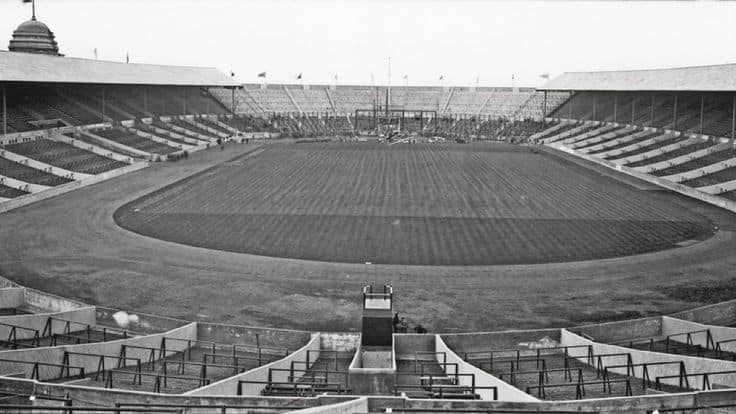 1923. First known as the Empire Stadium, Wembley was built for the British Empire Exhibition
1923. First known as the Empire Stadium, Wembley was built for the British Empire Exhibition
Now
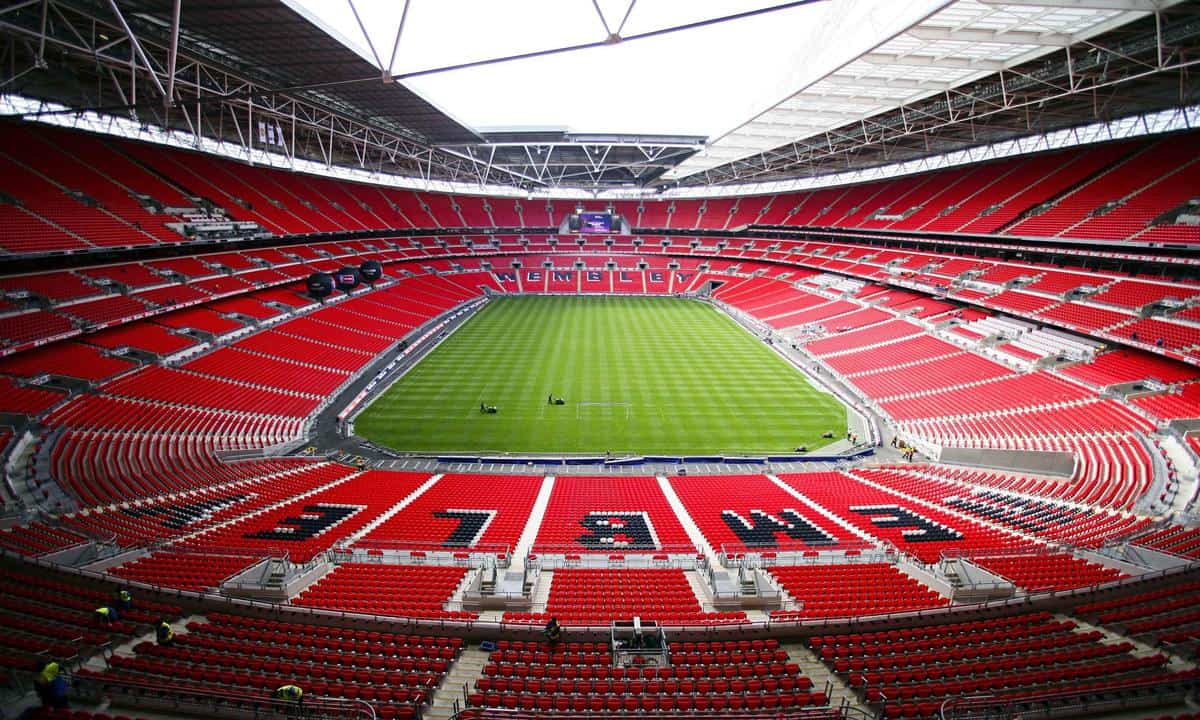 Nowadays the stadium has 90,000 seats. Wembley is the largest football stadium in England and the second-largest stadium in Europe
Nowadays the stadium has 90,000 seats. Wembley is the largest football stadium in England and the second-largest stadium in Europe
Then
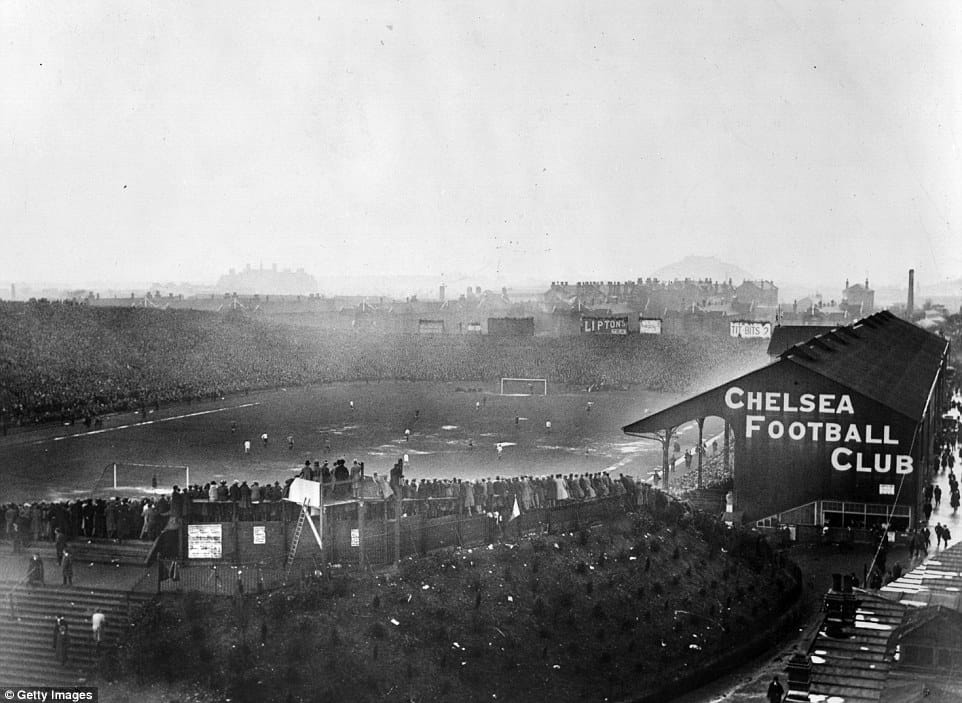
This photo was taken at the 1921 final between Tottenham and Wolverhampton. The huge crowd of 72,805 saw Spur's Jimmy Dimmock score the only goal
Now
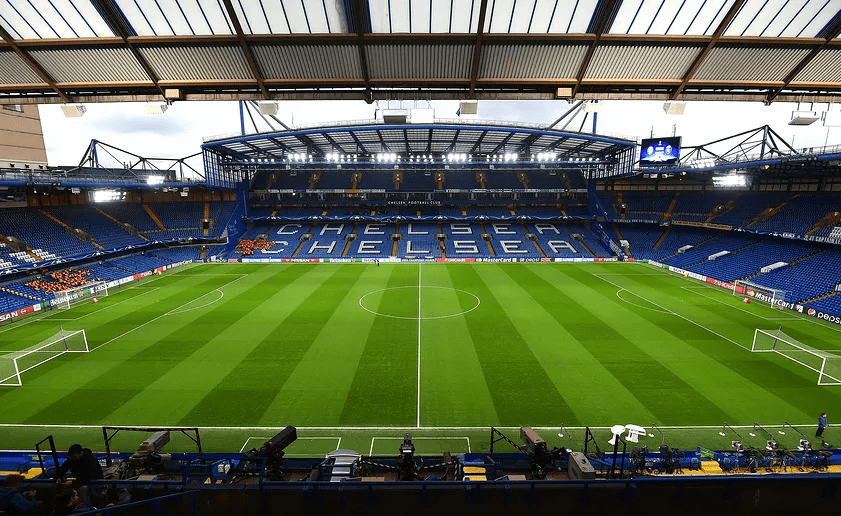
Current capacity is 41,631. But according to reports, the club has plans to expand capacity to 63,000 by the 2023–2024 season
Then
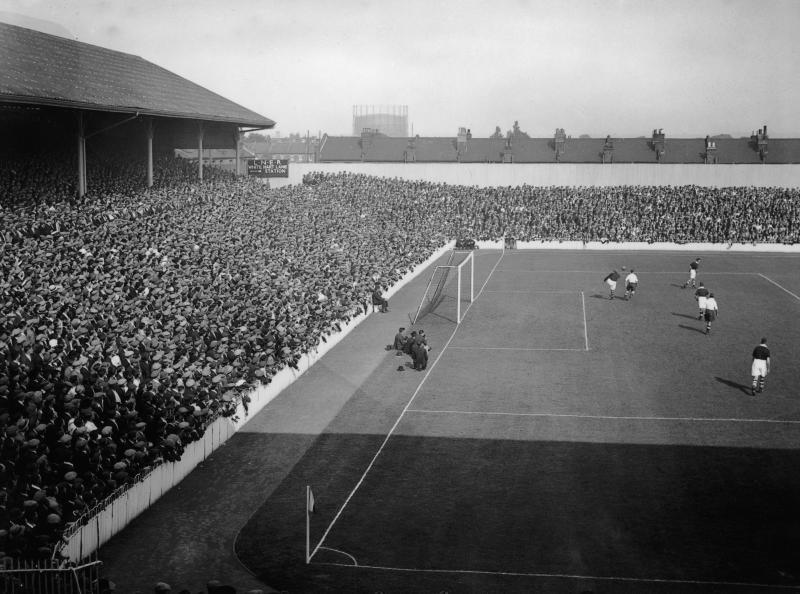 White Hart Lane in 1932
White Hart Lane in 1932
Now
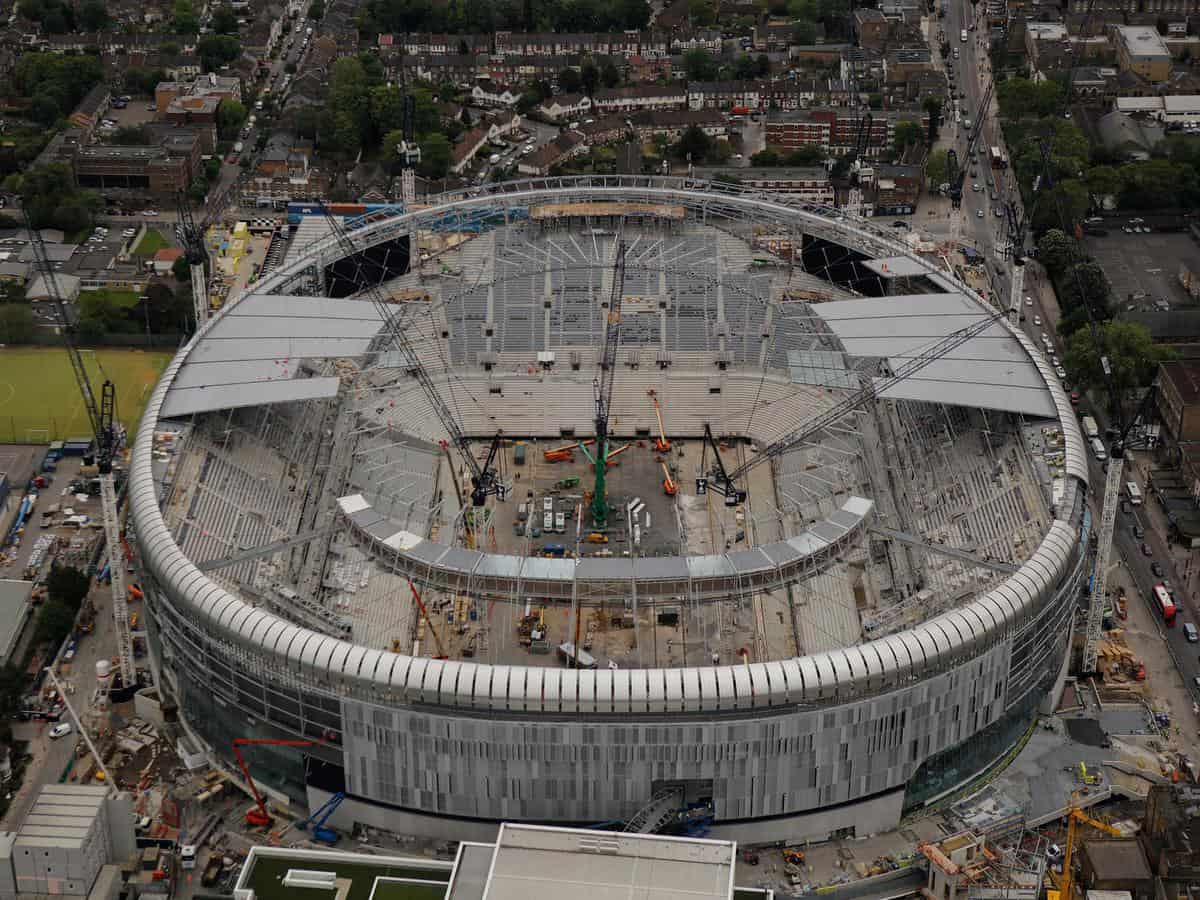 These days, they are patiently waiting to get into the new White Hart Line. "I think we will know better in January or the end of the year in December. I hope if it is not January then it is February. I think it is so close", said Spurs manager Mauricio Pocchetino
These days, they are patiently waiting to get into the new White Hart Line. "I think we will know better in January or the end of the year in December. I hope if it is not January then it is February. I think it is so close", said Spurs manager Mauricio Pocchetino
Then
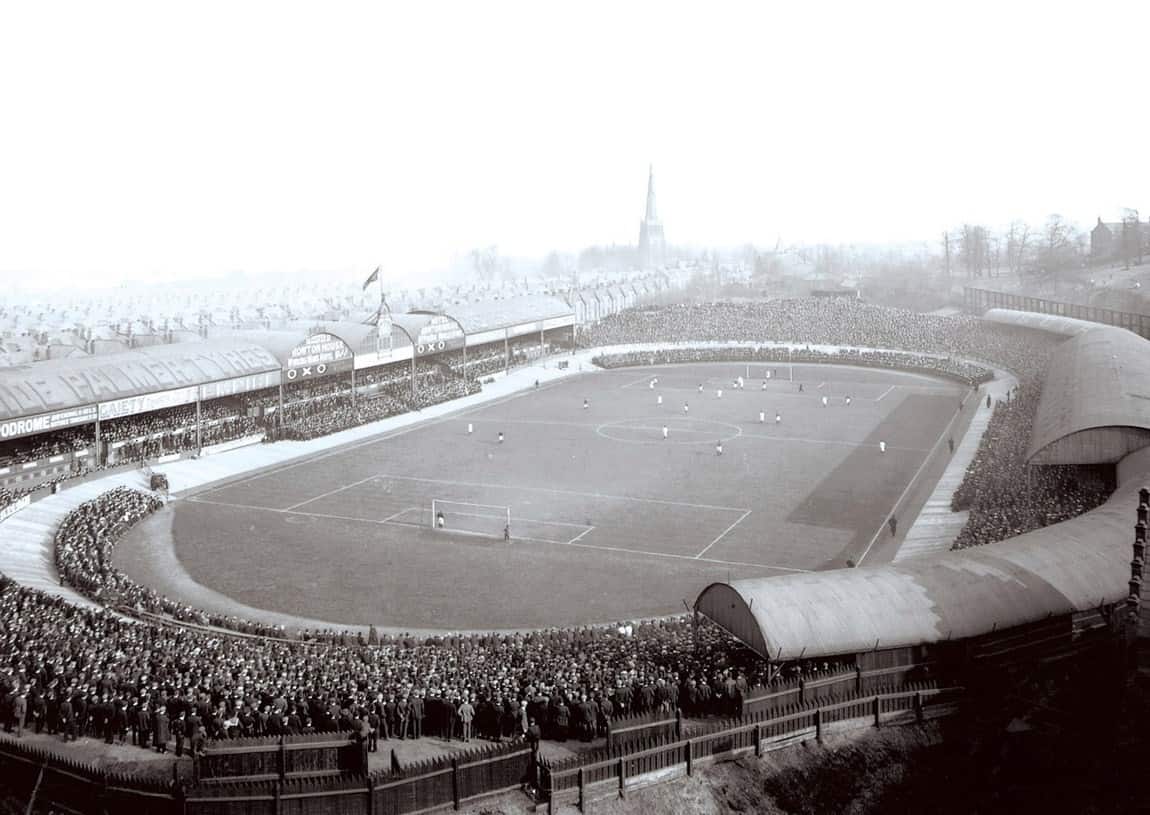 Villa Park during a match against Liverpool in 1907; the ground is yet to be squared off, and the cycle track can still be seen
Villa Park during a match against Liverpool in 1907; the ground is yet to be squared off, and the cycle track can still be seen
Now
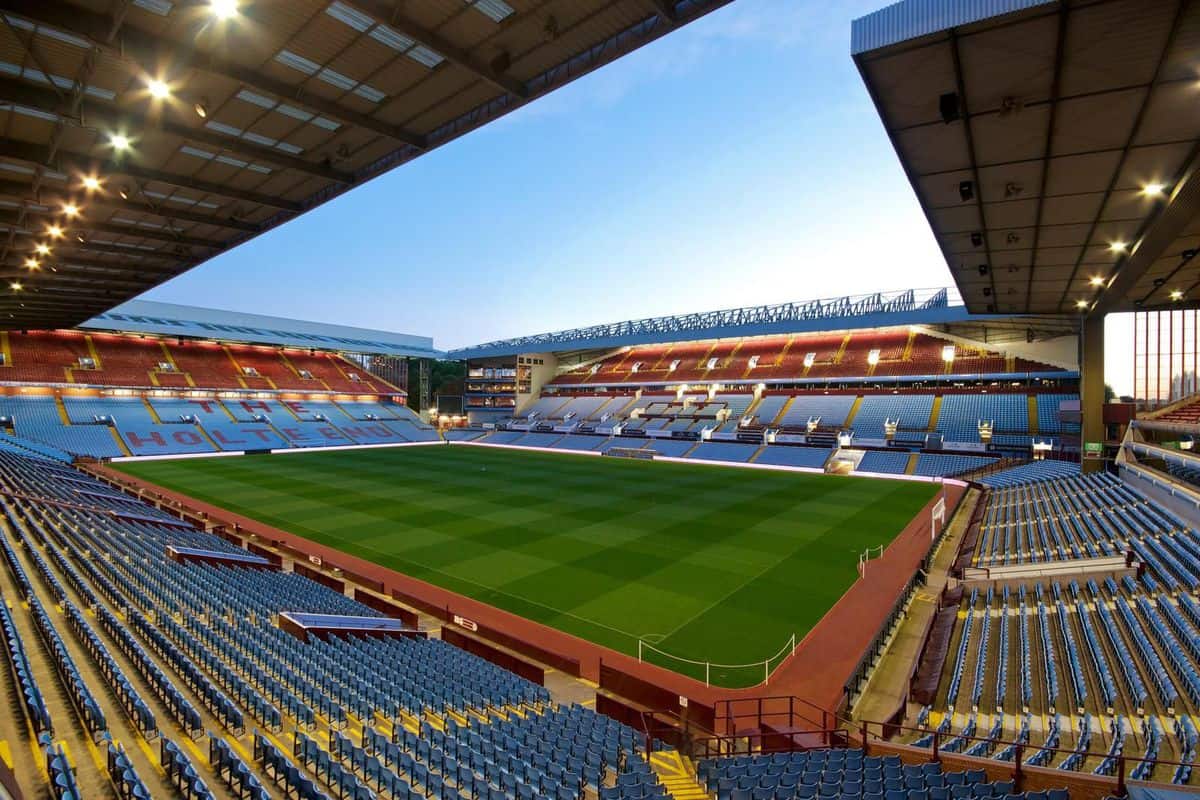 Nowadays Villa Park is one of the beautiful stadiums in England. Last year the club announced plans to increase Villa Park capacity to 60,000
Nowadays Villa Park is one of the beautiful stadiums in England. Last year the club announced plans to increase Villa Park capacity to 60,000
Then
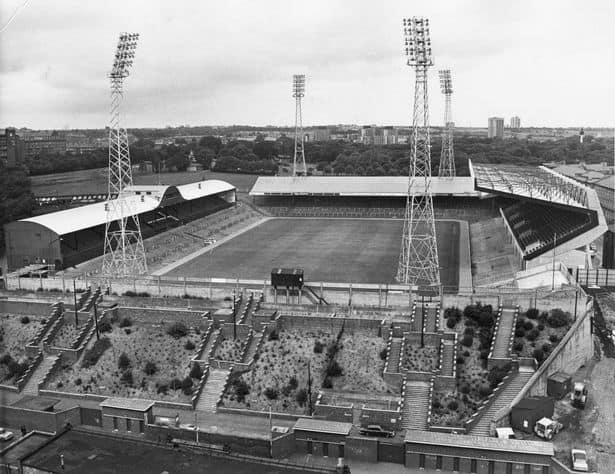 St James' Park in 1975. The four giant floodlight pylons stood from the late-1950s to the late-1970s
St James' Park in 1975. The four giant floodlight pylons stood from the late-1950s to the late-1970s
Now
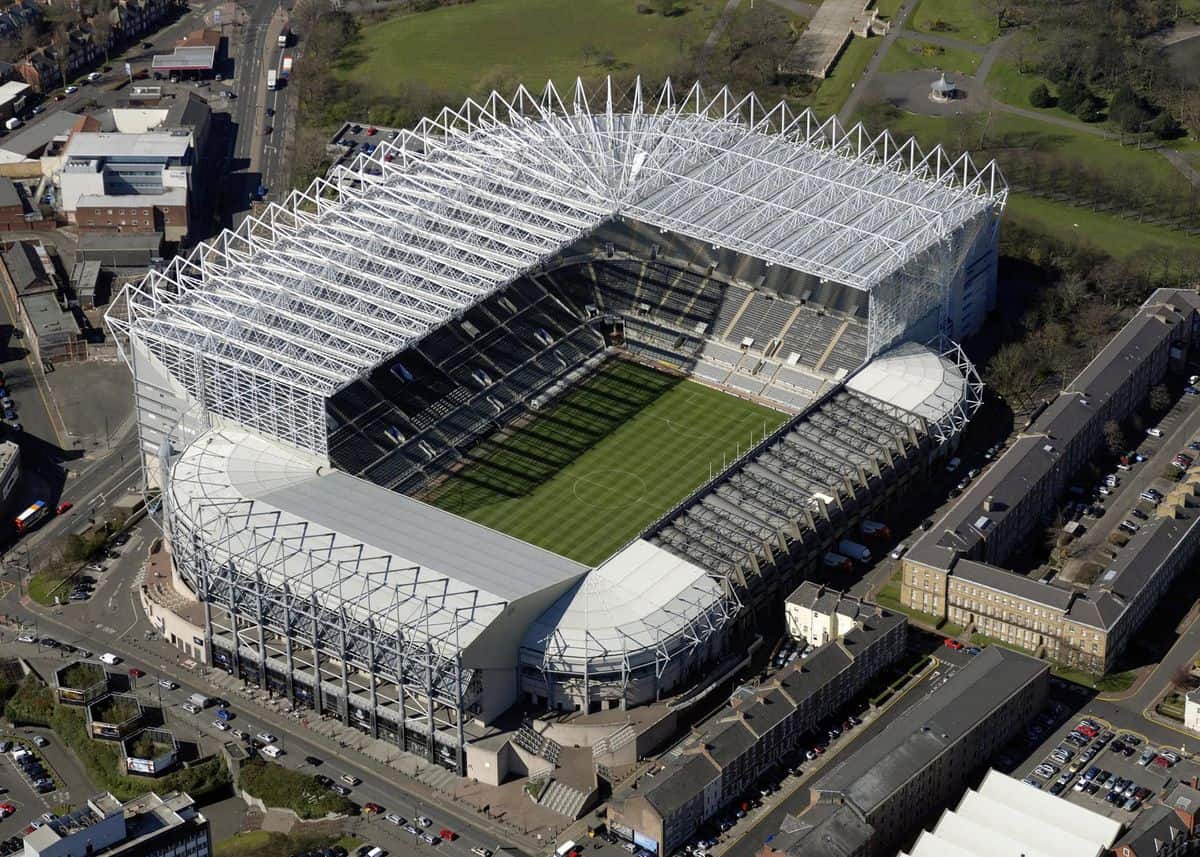 With a seating capacity of 52,388, it is the 7th largest football stadium in England
With a seating capacity of 52,388, it is the 7th largest football stadium in England
Then
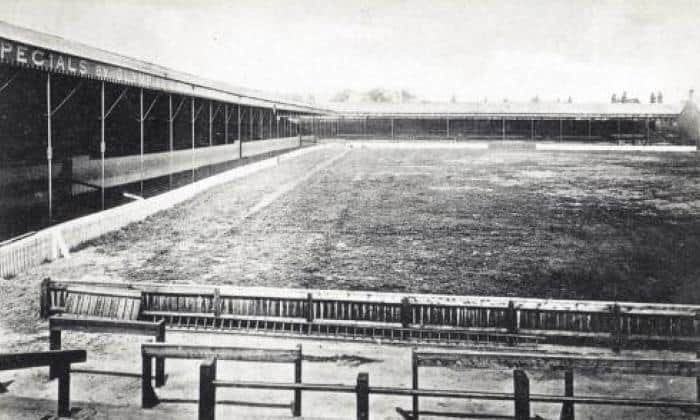 "You will never walk alone" - This photo was taken at the start of the 20th century. This is Anfield. It’s completely unrecognisable now.
"You will never walk alone" - This photo was taken at the start of the 20th century. This is Anfield. It’s completely unrecognisable now.
Now
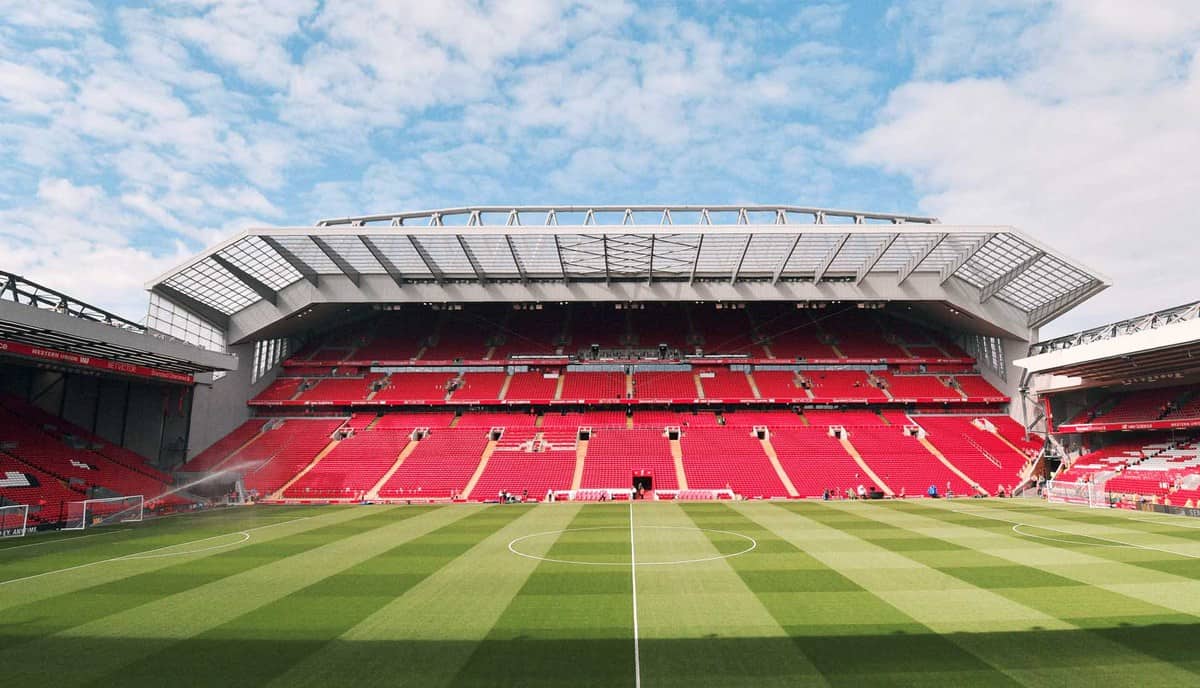 Nowadays it is the 6th largest stadium in England.
Did you know? It was originally the home of Everton from 1884 to 1891, before they moved to Goodison Park after a dispute with the club president
Nowadays it is the 6th largest stadium in England.
Did you know? It was originally the home of Everton from 1884 to 1891, before they moved to Goodison Park after a dispute with the club president
Then
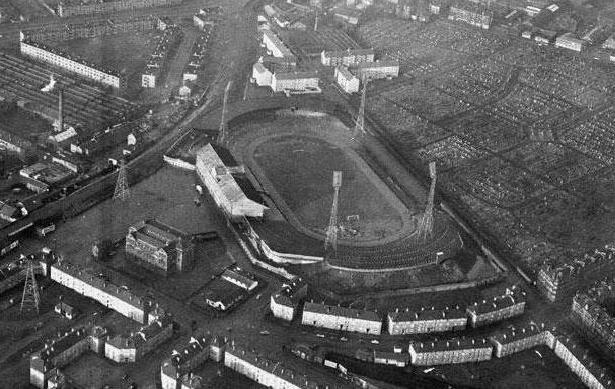 Celtic Park has been the home of Celtic since 1892. The picture was taken in 1960.
Celtic Park has been the home of Celtic since 1892. The picture was taken in 1960.
Now
 With a capacity of 60,411, it is the largest football stadium in Scotland
With a capacity of 60,411, it is the largest football stadium in Scotland
Then
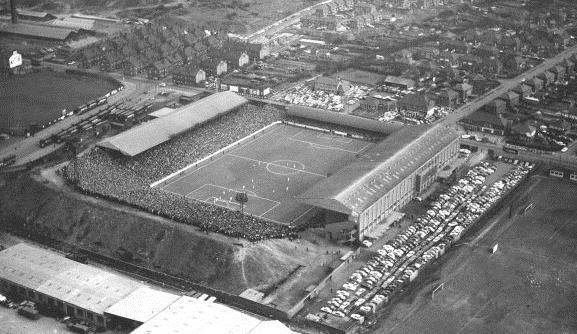
Elland Road stadium was built in 1897. One of the most famous stadium in England with the capacity of 37890.
Now
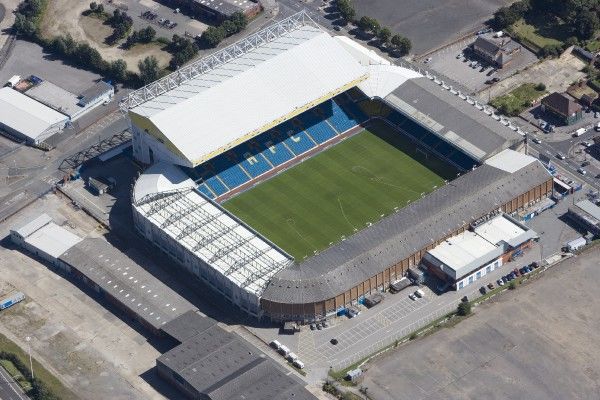
Elland Road was originally known as The Old Peacock Ground, and was the reason behind one of Leeds early nicknames, 'The Peacocks'
